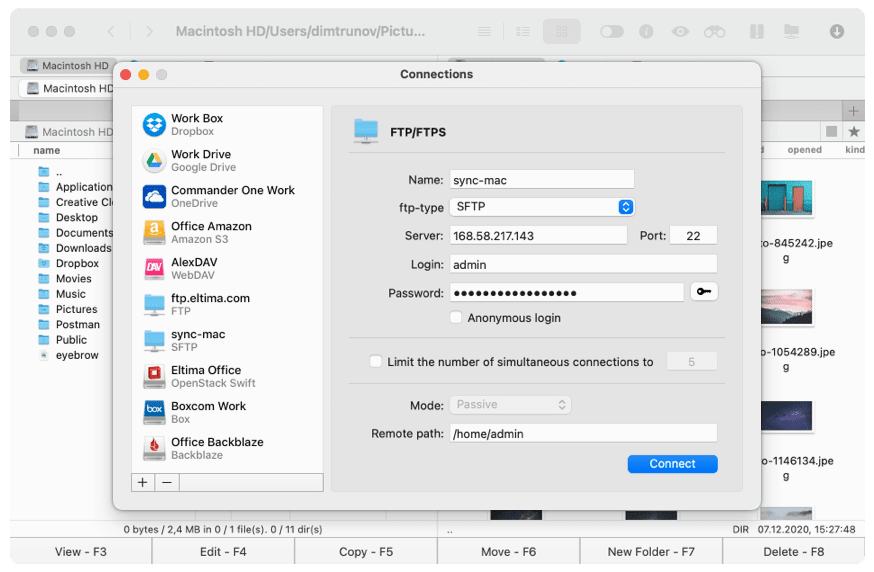

Harnessing and supporting the Northern Alliance fight against the Taliban would put the ground effort largely in the hands of Afghan, not American, soldiers. His study of the Soviet Union’s experience in Afghanistan had convinced him that introducing large numbers of conventional ground forces would almost certainly lead to a protracted war, high casualties, and possibly defeat. Franks favored this type of CIA–Special Forces effort. Bush swiftly approved and assigned it to General Tommy Franks, whose command responsibilities included Afghanistan. A day after the 9/11 attack, George Tenet, the director of the Central Intelligence Agency, proposed Task Force Dagger to help the Northern Alliance topple the Taliban.

intelligence effort following al-Qaeda’s bloody 1998 bombing of two U.S. “This was a people who frequently fight amongst themselves,” said Task Force Dagger leader Colonel John Mulholland, “and were somewhat springloaded to band together and fight against an external invader.”ĬIA operatives had been secretly working in Afghanistan for nearly two years before 9/11, providing materiel and financial aid as part of the U.S. Privately, the CIA estimated that success, if even possible, would take at least six months. Special Forces troopers would make up for the relative weakness in numbers and weaponry. The CIA had to convince Alliance commanders, veterans of the Soviet wars, that planes and a few U.S. At the time the World Trade Center was attacked and destroyed, the Taliban, having pushed Alliance forces into a corner of northeast Afghanistan, outnumbered and outgunned the Alliance, with more and better tanks, artillery, and other heavy weapons. But their ranks-including many men associated with al-Qaeda-were filled out with foreign recruits from Pakistan, Chechnya, Uzbekistan, and various Arab countries.

The Taliban itself was made up largely of militants from the most prevalent Afghan ethnic group, the Pashtun. The Northern Alliance-composed of 15,000 fighters mostly from three ethnoreligious minority groups, the Tajiks, Uzbeks, and Hazara-had long been stymied in a struggle against 45,000 Taliban warriors and several thousand more foreign allies of the Taliban, who had seized power in 1996. And the Soviet Union invaded in 1979, only to beat an ignoble retreat a decade later, victims of the implacable mujahideen, Afghan opposition groups that harried Soviet forces during the 1980s.Īll too familiar with these failures, the Americans would take a different tack: Rather than rely on their own military might, they would support and influence indigenous rebel forces already fighting the Taliban government. The British fought hundreds of inconclusive Afghan battles throughout the 19th and 20th centuries. Alexander the Great made his appearance in 330 BC, conquered, lost his footing, and retreated. This operation was hardly the first foreign excursion into one of the world’s most barren yet contested lands. Army Special Forces to direct air attacks against the Taliban. In addition to financial incentives, the United States offered the services of some 400 aircraft as well as several detachments of U.S. Schroen, 59, and several other CIA team leaders would have the daunting task of persuading the Afghan rebel Northern Alliance to stage an all-out attack on the Taliban. Dagger’s mission? Oust the Taliban government harboring al-Qaeda in Afghanistan and pave the way for the unopposed entry of conventional forces into Afghanistan. Led by 30-year agency veteran Gary Schroen, the CIA team was working with Task Force Dagger, the spearhead of the U.S. The Central Intelligence Agency was going to war. They also brought three large boxes whose contents tipped the scales at 45 pounds: the weight of three million dollars in $100 bills.
COMMANDER NOT WORKING WITH TASKR PORTABLE
There were maps, satellite phones and clandestine communications gear, portable generators, medical supplies, and-more ominously-several Russian AK-47 assault rifles. Their clothing suggested a hunting or camping trip, but their baggage told a different story. Special Forces soldiers in Afghanistan-backed by cavalry, cash, and airstrikes-toppled the Taliban.Īt dusk on September 19, 2001, eight days after al-Qaeda’s 9/11 attack claimed almost 3,000 lives, five middle- aged American civilians climbed aboard a military cargo aircraft at a U.S. Just a month after 9/11 a handful of CIA men and U.S.


 0 kommentar(er)
0 kommentar(er)
